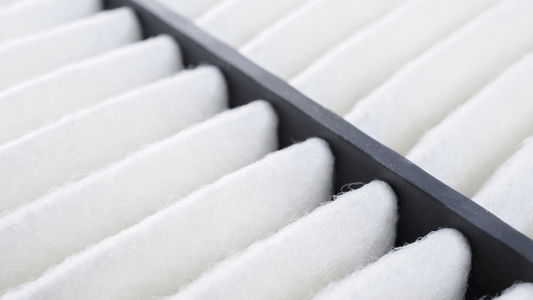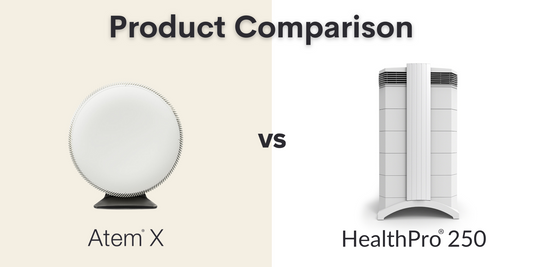Finding the right Asthma Treatment for children is a problem worldwide and especially in industrialised countries such as the UK and the USA. In a classic study, allergy specialist Dr. Thomas Platt-Mills (sometimes known as Dr. House Dust Mite for his expertise in this area) and his team at the University of Virginia, look at how allergen avoidance and the home intervention in the treatment of asthma can help reduce hospital admissions for asthma among children.
They believe that exposure in the child’s bedroom is an especially important factor in asthma symptoms, particularly when the child had a television set there and spent time watching it, as well as sleeping. To this, one could also add time spent on a computer in the bedroom, though this aspect was not covered in this study. There is already some evidence that allergen avoidance is effective in reducing asthma attacks, though this remains controversial with some studies not showing an effect. Few studies, however, have focused upon allergen avoidance among children living in poverty as the Platt-Mills one does. The study involved 104 children being treated for asthma (aged 5-16 years) in a deprived area of the city of Atlanta. They were divided into three groups, as follows:
• Intervention group. Received allergen-impermeable mattress and pillow covers, as well as cockroach bait and instructions to wash bedding once a week in hot water. They were also given education on how to get rid of house dust mite and cockroach allergens. They received a home visit at the start of the study and again at 3, 8 and 12 months.
• Placebo group. Received allergen-permeable mattress and pillow covers and ineffective cockroach bait. Participants were told to continue washing bedding in cool or cold water. They received the same home visits as the intervention group.
• Control group. Received normal asthma clinic care but allergen control measures were not discussed. This group received just one home visit, at 12 months during which dust samples were collected. Dust samples were taken from all groups at each visit and analysed for allergen levels. The researchers carried out allergen skin tests at the end of the study so participants did not know what they were allergic to during the study, which could otherwise have confounded the findings. Blood samples were taken and analysed at the start but participants and clinic staff are not told the results till the end. The response to intervention was measured by recording hospitalisation, emergency room visits and unscheduled clinic visits for asthma. Eighty-five children completed the study.
ResultsIn most houses the highest level of house dust mite allergen was found in the bedroom and cockroach allergen to a level of 1 microgram per gram of dust, or higher, was found in most homes, with the highest level being in the kitchen. Skin and blood tests found sensitisation to dust mite, cockroach and cat allergen to be common and also to the Aspergillus fungus, pollen and rodent urine. There was a significant decrease in hospitalisation, emergency room and clinic visits in both intervention and placebo groups compared to the control group.
These results were especially marked for those children allergic to house dust mite where measures had decreased the level of house dust mite allergen. This was not seen among those with cockroach allergy. Many of the children were sensitive to multiple allergens. The researchers believe that home visits played an important part in improving compliance with allergen avoidance measures. The findings suggest that rigorous observance of avoidance, backed with home visits, can help improve asthma caused by house dust mite allergen.
Source: Carter M et al (2001). Home intervention in the treatment of asthma among inner-city children. Journal of Allergy and Clinical Immunology 108; 732-737



